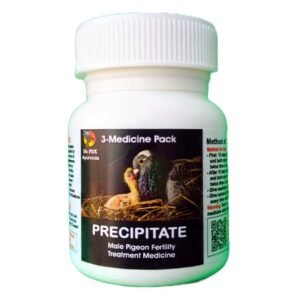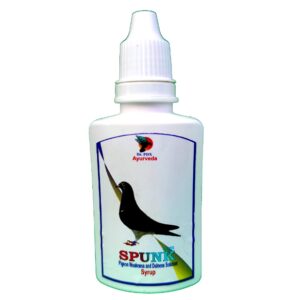- Appearance: Wart-like, thick scabs, or papules that progress to scabs on featherless areas of the body.
- Common Locations: Eyelids, around the beak, legs, and feet.
- Progression: Mild cases are often self-limiting, with growths regressing or sloughing off over weeks or months.
- Appearance: Yellow-white, cheese-like lesions on mucous membranes of the mouth, pharynx, trachea, and esophagus.
- Consequences: Can interfere with feeding and breathing, potentially leading to weakness, emaciation, and death.
- Severity: Severe cases can cause significant health issues and death.
- General: Birds may appear sick, anorexic, and demonstrate dyspnea (labored breathing), along with weight loss.
- Behavioral: Quiet, fluffed, and may have behavioral differences.
- Vision: Lesions on the eyelids can interfere with vision.
- Transmission: Avian pox is contagious between birds, and can spread through contact with infected birds or contaminated materials.
Treatment Prepration:
Wash wounds with plain water and clean with a clean cloth. Apply POX RELIEF ointment to the wound with your finger. the medicine should be applied only once and not again. Apply coconut oil daily on the wounds from the next day until they are clean.
-If there is smallpox on the beak of a bird/pigeon whose root reaches inside the mouth, then put Pox Treator on the outside of the beak and CANKER RELIEF on the inside. Do not give water after each CANKER RELIEF Therefore, treatment should be done only after feeding grains.
-Caution: The medicine should not go into the eye otherwise the eye may get damaged. You can also use NETRA RELIEF medicine for eye protection.
Product Storage: Keep place cool, dark and dry place. Protect from heat and direct sunlight. Close bottel cap propperly after use.
If you need any other information about this product please contact.
Dr. Rajvir Grewal: WhatsApp no. +91-9463990900.










There are no reviews yet.